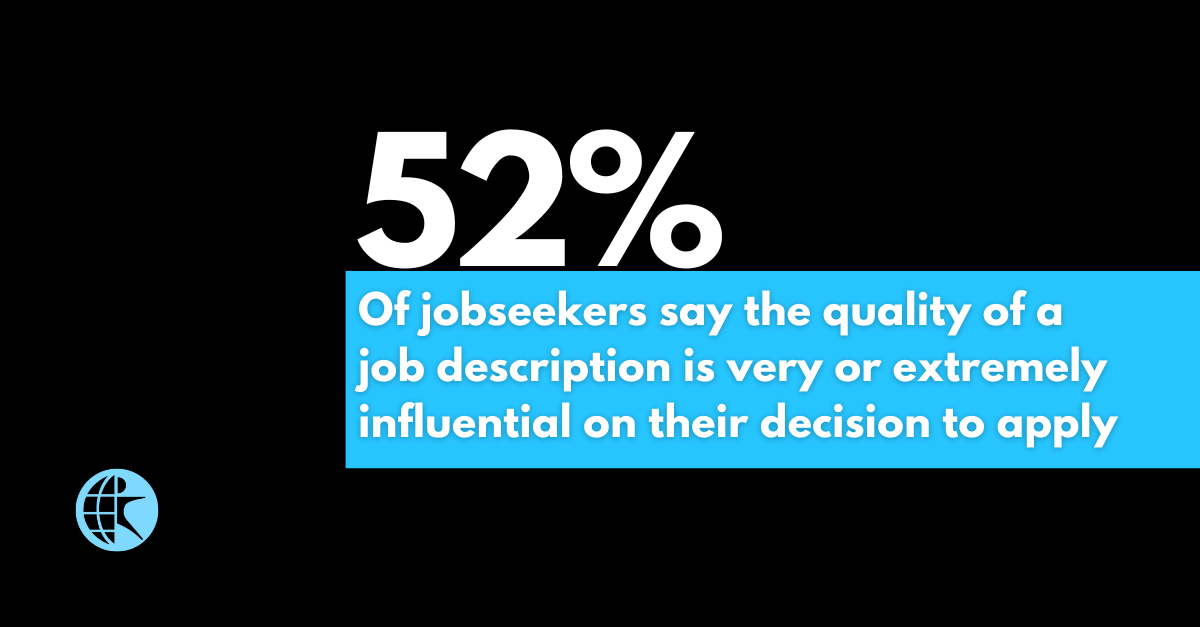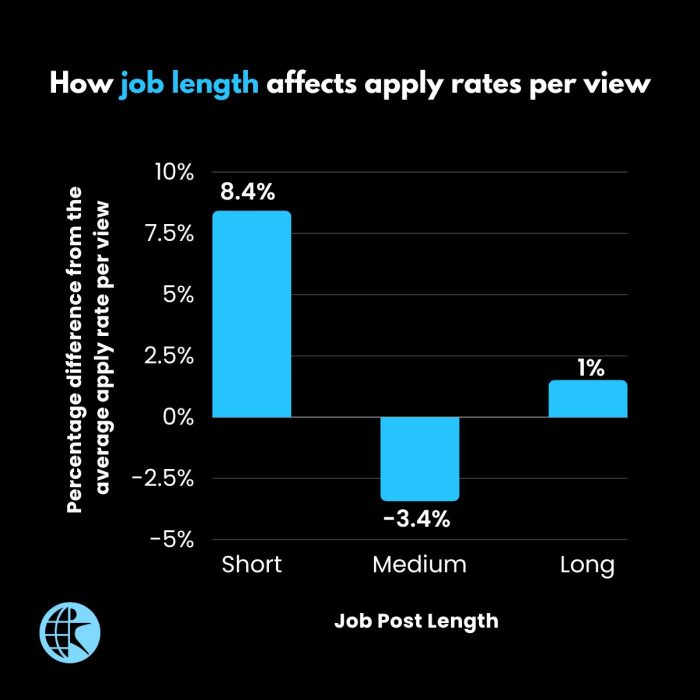Job descriptions are the first thing a potential employee will read when looking to apply for a role at your company; therefore, they are essential to master. It is vital to write a good job description if you want to attract the perfect candidate. Most job descriptions are too broad and overly detailed, resulting in a loss of the main points of the role. These lengthy job postings may prevent many candidates from wanting to apply, since they may feel they are not fit for the role, meaning a smaller candidate pool to choose from.
Change the Right Way: Change Management: What It Is and Why It’s Important
Managing change has always been tough, however, it has been especially difficult these past few years. Considering pandemic adjustments, lay-offs, accepting new positions, remote workforce transitions, returning to the office and adapting to inflation have certainly increased our rate of change. Moreover, the constant modernization of technology and workforce standards forces companies and employees to respond and reshape their practices.
As organizations restructure their labor force to meet new goals, priorities are addressed and reassigned, responsibilities are delegated differently, and change is plentiful. With employees facing a wide variety of changes at a constant rate, the importance of managing change has become pertinent. It isn’t easy to change attitudes or relationships, much less entire organizations.
Surprise, Surprise: Most People Don’t Like Change
All organizations are made up of people. And people’s resistance is one of the biggest barriers to change. Research shows that only 38% of people like to leave their comfort zone. When these people are presented with a change, they experience positive interpretations of the change resulting in positive emotional reactions. The other 62%, however, immediately feel fear and discomfort. This is where change management becomes advantageous.
Jon Burkhart, President of Banking at The Richmond Group USA states: “In my experience, resistance to change often stems from a person not understanding the personal benefit of what making a change would bring them. Change is more easily managed when you can help someone understand that the positive long-term impacts vastly outweigh the immediate inconveniences.”
The Change Management Flow and Process
Change management is meant to mitigate risk and give a methodical, winning approach to implementing change while helping people accept and adapt along the way. It is a systematic approach that includes dealing with the transition or transformation of organizational goals, core values, processes or technologies.
Download PDF: Change Management Flow
Here’s How You Can Start Implementing Change Management At Your Organization
One way to clarify the vision is to go through the 4P’s of change. By asking yourself these questions, you can feel confident and prepared.
Purpose: What is the reason for/background to this change? What are the benefits?
Picture: What will things look like after the change? What would be the risk of not doing it (the “burning platform”)? Restate the benefits.
Part: What’s my part in the change? What do you expect me to do?
Plan: What’s the timeline? What are the key milestones? How is it all going to work?
Change Management Process Flow
(WalkMe, Change Management Blog, The Ultimate Change Management Process Flow)
PART 1: CHANGE PROPOSAL | Identify the change
Begin with a needs assessment and the 4 P’s of change. You must support your change proposal with evidence.
↓
OUTLINE THE DETAILS
Who is this change affecting? What levels will the change impact? IT systems? Organizational hierarchy? Departmental processes? What are the costs and implications? What do you need from the organization to successfully put this change in place?
↓
PART 2: TRIALLING & IMPLEMENTING CHANGE
Contract and engage for change
STEP 1: Establish a sense of urgency
Remember, people are naturally resistant to change. What are the benefits?
↓
STEP 2: Build guiding coalition
You need support for the change at all levels of the organization.
↓
STEP 3: ESTABLISH THE APPROACH | Create the vision and strategy
Use the work you did on the 4 P’s of change.
↓
STEP 4: Communicate the change vision
An army of volunteers can help you communicate the change vision to stakeholders.
↓
(B. CHANGE: Deliver and make change stick)
STEP 5: IMPLEMENT | Empower or enable action
Put plans in place for every aspect of the change, including communications, training, and review.
Also, you must ensure that the organization is prepared for the change. There are no barriers to the change, nor conflicting behaviors or procedures.
↓
STEP 6: Create short-term wins
Remember to celebrate success to maintain high motivation.
↓
STEP 7: MONITOR | Consolidate gains
Measure, monitor, evaluate. This is how you can be sure of success.
Monitoring and evaluation will enable you to anchor new positive behaviors into culture. You’ll also be able to catch old habits before they threaten the entire change process.
↓
STEP 8: Anchor into culture
Don’t rush into this step. It takes time to form new habits. Only when the old habits seem out of place can the new behaviors become ingrained in culture.
To Wrap it Up
Try sharing this flowchart with your organization, so everyone feels included in the process. Establishing a game plan for change allows easier management and continuation of the process resulting in a better environment for everyone.
At the end of the deliberation, a celebratory beer or two couldn’t hurt the process, work hard and enjoy your company evolving. Happy, changing.
Ease Heightened Emotions in an Uncertain Economy
Take a Step Back.
It may sound trite but taking a moment to simply pause and take a few deep breaths can do wonders. Review and reflect on your current status. Do a ‘worst-case scenario’ exercise. Think about whatever is stressing you the most and contemplate the worst thing that could happen. If you can live through it or deal with that, then you are ok. If you are healthy, have some great people in your life and live in a country where you are free to express yourself, you are doing pretty good.Narrow your focus.
Try to take your focus away from the news and center inward on yourself and your current goals. When you do listen to the news, do your best to observe not absorb. Discern enough to be aware of current economic statuses and news updates, then let the anxiety of those updates go. You do not have to carry the weight of the world's news on your shoulders. After all, the human brain wasn’t designed with the capacity to empathize with every catastrophe. Practice living in the duality of educating yourself and staying in your own lane.Proactive planning.
54% of U.S. adults said they are somewhat or very anxious about their finances. That percentage drops to 46% for people who work with a financial advisor and 47% for those who self-identify as disciplined planners. Anxiety boils down to uncertainty around future events, assessing your current finances and talking to a financial advisor could ease your mind. Preparing for the unknown will assuage your worry and increase your confidence that things will turn out alright. People who plan show more control over their emotions, less stress, more positive emotional health and life outcomes. 25% of our happiness hinges on how well we’re able to manage stress and anxiety. Remedy this by “fighting stress before it even starts and planning things rather than letting them happen.” The more you plan, the more stress and anxiety are minimized. — Robert Epstein, psychologist and self-help author. Being prepared will ease your emotions. Take a calm step back before a worried step forward.Why Your Job Descriptions Are Hurting You

Shorter job posts get more applications. A LinkedIn study found that candidates are more likely to apply for job posts that contain short content, up to 300 words.

Shorter job posts (1-300 words) had significantly higher-than-average apply rates per view (the number of applications the job post got divided by the number of views). Keeping things concise helps candidates immediately get the info they need to apply—and since more than 50% of job views on LinkedIn are on mobile devices, shorter descriptions are literally a better fit for modern candidates. These short posts got candidates to apply 8.4% more than average, while medium job posts (301-600 words) performed 3.4% below average and long job posts (601+ words) did only 1% better than average. Via LinkedIn.
See Related Article: Less is more.
Evolve your job descriptions to be less overwhelming and meet realistic position expectations. Attempt to narrow all your job requirements to the top three mandatory requirements. From there, work in the following nonnegotiable requirements and experiment with condensing. Instead of listing 20 bullet points, expand on your company culture and what a full day of work may be like.
A job description that does not state too many requirements increases the number of candidates fit to apply—therefore, you will have a broad selection of potential candidates to choose from. There are really two or three main requirements in most roles, if the candidate meets the core 3 – everything else can generally be taught or expanded. Think about this when writing your next job description. Ask yourself: “Why are people going to be excited about this job?”
Improve your Employer Brand
- Treat candidates like customers
- Respond to both negative and positive comments on social media
- Use anonymous employee satisfaction surveys to learn why people work for your company & use that in your social media content.
4 Questions in your Career Decision Making
Should I Stay or Should I go?
- Am I passionate about my work?
- Will my current job allow for eventual advancement?
- Am I learning & growing as a person and professional?
- Will my current job provide the experience or knowledge that will help me do the work I want to do?







